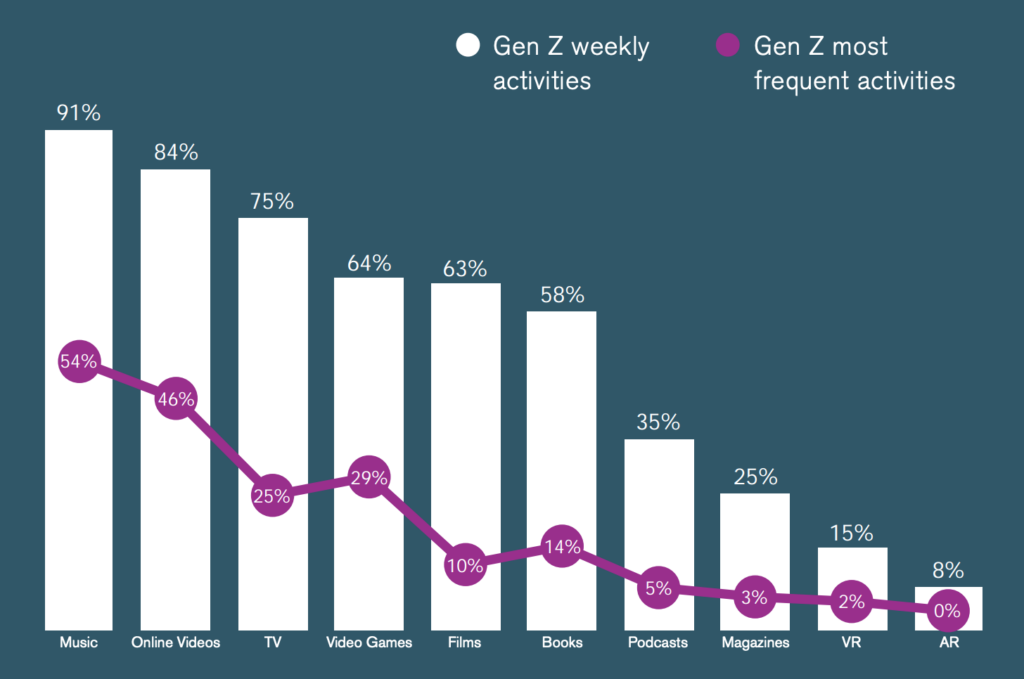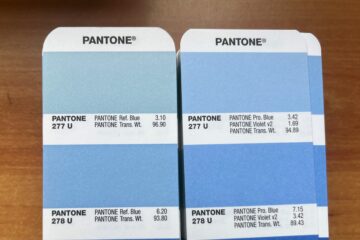Freeport Press | Dave Pilcher
Welcome to tonight’s featured match!
In the blue corner … PRINT! Weighing in with more than 500 years of marketing history, this long-time champion still packs a powerful punch. But can it prove itself to the new naysayers?
In the red corner … PIXELS! This nimble and quick upstart has a lot of popular support. But a closer look at its performance has some wondering if it needs to grow up and clean up its badly damaged reputation.
Who wins? Who loses? One thing we know; the story of print versus digital is still being sold as the marketing grudge match of the century. That couldn’t be further from the truth … and we are learning it from our beloved Generation Z, the digitally-native generation.
“Every industry is experiencing a digital transformation,” writes Aron Caruso in Folio:. “For some, the pandemic has accelerated this transformation. Others, like retail, travel and QSR, are trying to quickly adapt to the new criteria of our on-demand world. Consumers are permanently changing their online consumption habits, and in some cases embracing those of years past.”
As Caruso explains, the media habits of Gen Z have thrown us all for a bit of a loop.
“Gen Z-ers and Millennials don’t want to be connected every minute of the day. Instead, they want real-life experiences and genuine connection. They love offline activities, including, dining out with friends, travel and camping. They also love to read.”
Thanks to social and behavioral researchers, we know a lot about Generation Z. Born between 1995 and 2015, this is the first generation to be raised on the internet and social media, and the oldest of them have entered the workforce as the first fully digital generation in the office. We know too that trust is increasingly important to Gen Z, and they are more skeptical of “corporate speak” and want to deal with “humans” again.
We also know they truly embody the multi-channel consumer experience. While they have a massive amount of options to choose from, 58% read books weekly and 25% of them report reading magazines every week.

Image source: OntarioCreates.ca
“Their love of reading goes beyond books. Millennials and Gen Z both love to read magazines, too,” Caruso continues. “About two years ago, The New York Times noticed an uptick in smaller-run magazines—particularly food-focused publications that were founded by 20–30-year-olds. This was just the early part of a trend, and other boutique titles followed, all printed on a lower budget, produced by younger adults, and read by younger audiences.”
What does this mean for the future of print? For one, it means the either/or approach is simply out the window.
“Just as the customer journey has changed in the world of shopping, so too has the media consumption journey,” Caruso writes. “Millennials and Gen Z may be digital natives, but they’re also aware of the need to unplug and look up from their mobile screens. Therefore, just as retailers have learned to do, publishers should be prepared to engage them at every touchpoint in the online and offline worlds.”
“For now, meeting audiences on social media and engaging them with ‘snackable’ content is just as important as putting a jaw-droppingly gorgeous photo on the cover shoppers see at the corner store checkout,” he concludes. “Offering a print-plus-digital bundle is as important as a special Fall Fashion Issue or exclusive streaming content for subscribers only. The evolution of publishing continues, and the younger generations are molding the future. And the future, it seems, can be perfectly bound.”
As we look toward the future of print, we must look also to the habits of this important audience, and deliver content true to their multi-channel lives. Print remains firmly in the mix for this generation.

